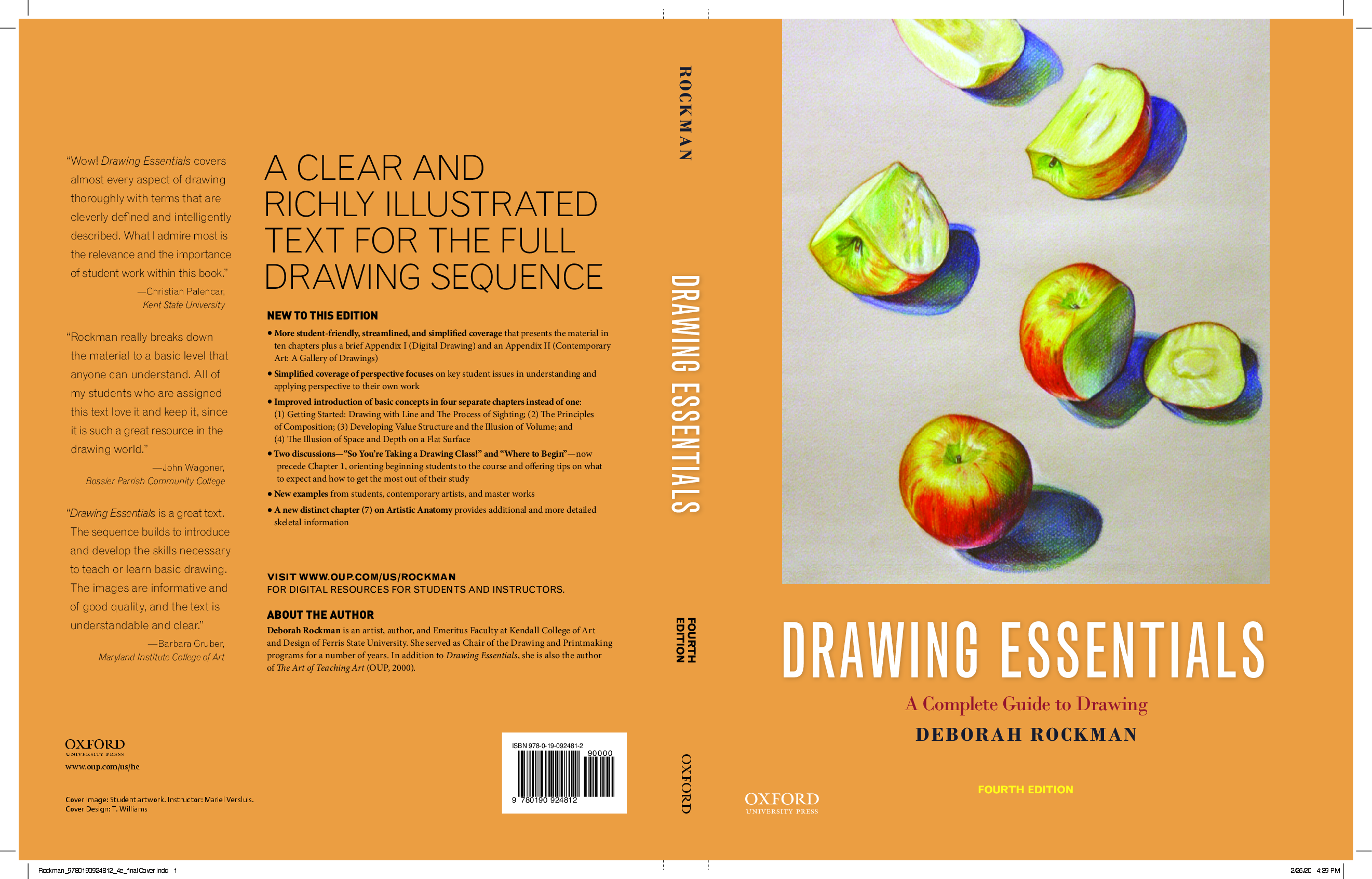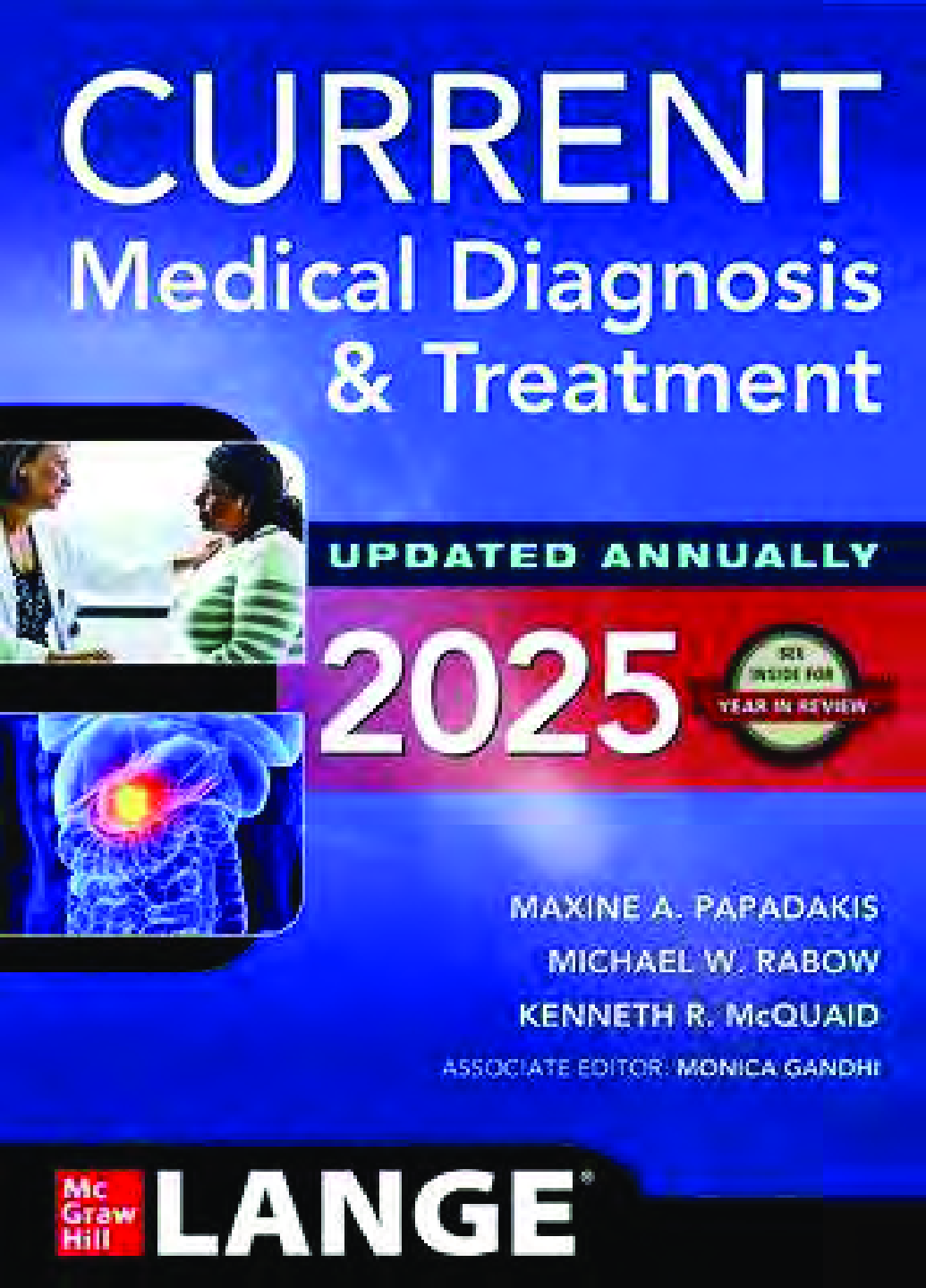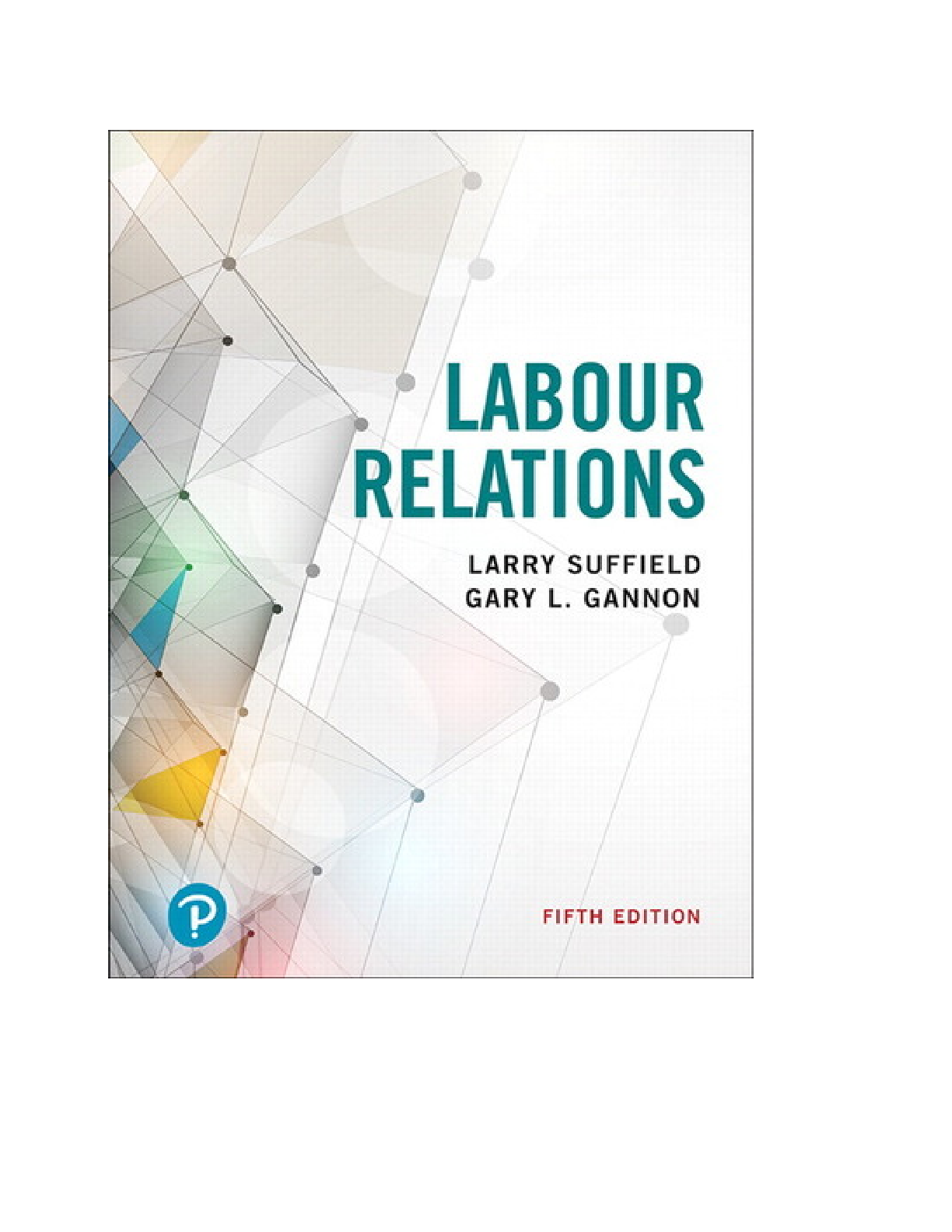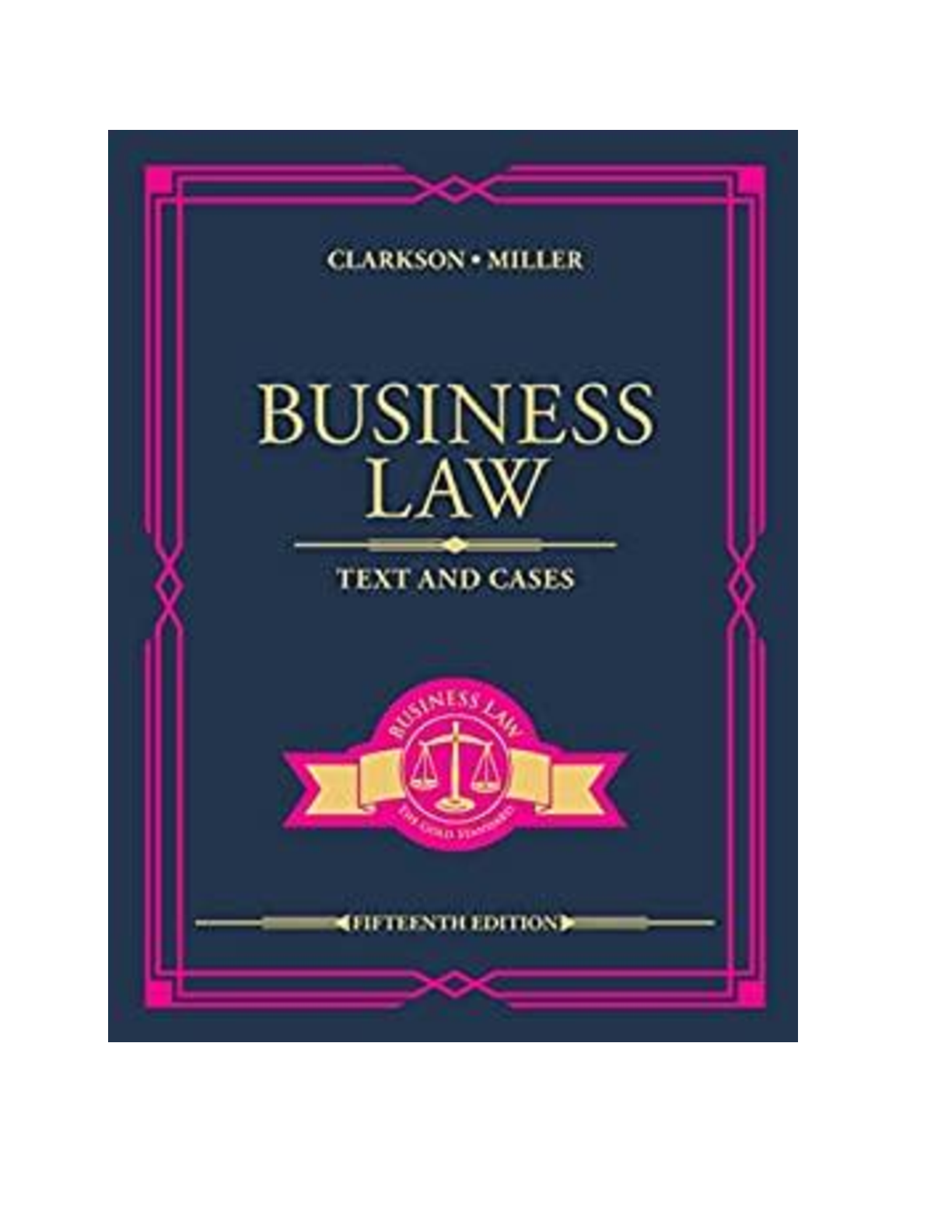Architecture > eBook-PDF > Prestressed Concrete, 5th Edition, By Warner Foster, Kilpatrick Gravina [PDF] [eBook] (All)
Prestressed Concrete, 5th Edition, By Warner Foster, Kilpatrick Gravina [PDF] [eBook]
Document Content and Description Below
Title Page Copyright Contents Preface Notation Chapter 1: Introduction 1.1: Prestressed concrete 1.2: Prestressing as a design option 1.3: Use of high-strength tendons and cables 1.4: Methods... of prestressing 1.5: Anchorage and bond of tendons 1.6: Cable profile and level of prestress 1.7: References Chapter 2: Properties of materials 2.1: Introduction 2.2: Properties of prestressing steel 2.3: Properties of reinforcing steel 2.4: Strength properties of concrete 2.5: Short-term deformation of concrete 2.6: Shrinkage of concrete 2.7: Creep of concrete under constant stress 2.8: Concrete creep under varying stress 2.9: References Chapter 3: Methods of design and analysis 3.1: The structural design process 3.2: Design objectives and design criteria for prestressed concrete 3.3: Design criteria and structural reliability 3.4: AS 3600 design checks for prestressed concrete 3.5: The critical stress method of design 3.6: Methods of analysis 3.7: Strut-and-tie modelling and stress-fields 3.8: References Chapter 4: Flexural behaviour of uncracked members 4.1: Introduction 4.2: Short-term behaviour of uncracked beams 4.3: Equivalent load concept 4.4: Load balancing 4.5: Creep and shrinkage effects in beams 4.6: Analysis of creep and shrinkage effects 4.7: Deflections of uncracked beams 4.8: References Chapter 5: Flexural behaviour in the post-cracking range 5.1: Cracking moment 5.2: Post-cracking flexural behaviour 5.3: Elastic analysis for a rectangular cracked section 5.4: The effect of prior creep and shrinkage 5.5: Cracked section analysis: general trial-and-error method 5.6: Non-linear analysis at high overload 5.7: Moment-curvature and stress-moment relationships 5.8: Deflection calculations 5.9: Crack control 5.10: References Chapter 6: Flexural strength analysis 6.1: Overload behaviour and ultimate strength 6.2: Assumptions for ultimate strength analysis 6.3: Rectangular section: calculation of ultimate moment 6.4: T- and I-sections: calculation of ultimate moment 6.5: Moment capacity with some steel not at yield 6.6: Effect of incomplete bond 6.7: General analysis by trial strain distributions 6.8: Stress in bonded tendons at ultimate 6.9: Design considerations 6.10: References Chapter 7: Shear and torsion 7.1: Shear and torsion in prestressed concrete 7.2: Overload behaviour in shear and bending 7.3: Web reinforcement behaviour in the post-cracking range 7.4: Effect of prestress on behaviour in shear 7.5: Web-shear cracking load for prestressed members 7.6: Strength in shear 7.7: Design for shear according to AS 3600 7.8: Analysis and design for torsion 7.9: References Chapter 8: Anchorage 8.1: Introduction 8.2: Simplified design approach for post-tensioned beams 8.3: Anchorage of pretensioning tendons 8.4: Design of end blocks using strut-and-tie modelling 8.5: References Chapter 9: Loss of prestress 9.1: Types of losses 9.2: Elastic loss 9.3: Duct friction loss 9.4: Anchorage slip 9.5: Stress relaxation 9.6: AS 3600 calculation of deferred losses 9.7: Analytic methods for evaluating deferred losses 9.8: References Chapter 10: Design procedures for statically determinate beams 10.1: Structural design 10.2: Choosing the type of construction 10.3: Choosing the cross-section 10.4: Choosing the prestressing details 10.5: Design steps 10.6: Discussion of key steps 10.7: Design criteria for serviceability 10.8: Design examples 10.9: References Chapter 11: Continuous beams 11.1: Advantages of continuous construction 11.2: Effects of prestress in continuous beams 11.3: Calculating the effects of prestress by the equivalent load method 11.4: Cable profiles for continuous post-tensioned beams 11.5: Service load behaviour of continuous beams 11.6: Deflection calculations for continuous beams 11.7: Overload behaviour and flexural strength 11.8: Design procedure for continuous beams 11.9: References Chapter 12: Slab systems 12.1: Introduction 12.2: Effects of prestress 12.3: Effects of prestress plus service load 12.4: Cracking 12.5: Deflections 12.6: Ultimate strength analysis 12.7: Design steps for prestressed slabs 12.8: References Appendix A: Analysis of uncracked sections A.1: Uncracked post-tensioned section with reinforcement A.2: Uncracked pretensioned section with reinforcement Appendix B: Creep and shrinkage in uncracked flexural members B.1: Introductory note B.2: Order-of-magnitude estimates of long-term deformations and prestress losses B.3: One-step analysis with age-adjusted effective modulus B.4: Step-by-step analysis B.5: Approximate closed form equations for losses and deformations B.6: Non-uniform shrinkage and creep B.7: References Appendix C: Effects of prior creep and shrinkage on flexural strength C.1: Introduction C.2: Short-term service load application C.3: Effect on flexural strength C.4: Concluding remarks Appendix D: Elastic deflections and end rotations for single-span beams [Show More]
Last updated: 2 years ago
Preview 1 out of 600 pages

Buy this document to get the full access instantly
Instant Download Access after purchase
Buy NowInstant download
We Accept:

Reviews( 0 )
$25.00
Can't find what you want? Try our AI powered Search
Document information
Connected school, study & course
About the document
Uploaded On
Dec 22, 2022
Number of pages
600
Written in
Additional information
This document has been written for:
Uploaded
Dec 22, 2022
Downloads
0
Views
160

























